
Photo
George L. Clayton, father of Oliver Jones "Pete" Clayton (1906-1988) founded Clayton Pottery in the Greenville/Spartanburg area around 1912. Pete was the only one of his father's four sons that became...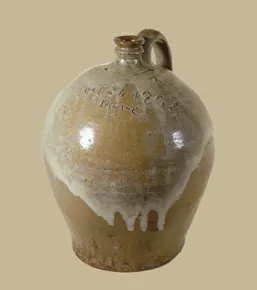
South Carolina, with its rich clay deposits, is the home to two different, but very important ceramic traditions - Catawba earthenware and alkaline-glazed stoneware. Before European contact in the 16th century, the Catawba Nation controlled much of what is now South Carolina and most of the North Carolina Piedmont. This tradition has continued through elder potters sharing their knowledge and skills with younger generations. While their techniques remain ancient, they have adapted their forms to changing markets. Kinship and community were also important in the development and diffusion of the alkaline-glazed stoneware tradition during the nineteenth century. Using European and African forms and labor the Edgefield, South Carolina, potteries produced containers used primarily for food preservation and preparation. As some potters migrated west and to other areas in the southeast, they spread the alkaline-glazed tradition into Georgia, North Carolina, Alabama and Mississippi.
Content is provided by McKissick Museum, University of South Carolina.
For further information about any of the artists featured on Digital Traditions, send your questions and comments to hallagan@mailbox.sc.edu.

Photo
George L. Clayton, father of Oliver Jones "Pete" Clayton (1906-1988) founded Clayton Pottery in the Greenville/Spartanburg area around 1912. Pete was the only one of his father's four sons that became...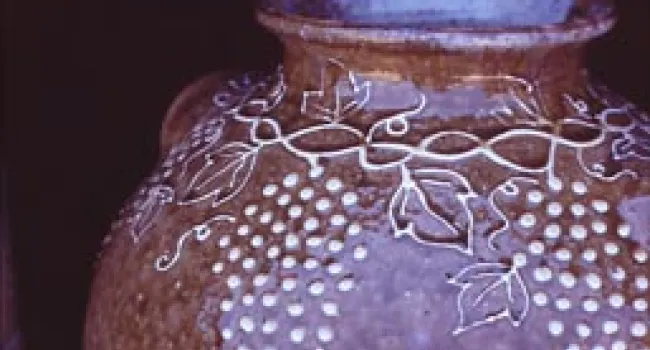
Document
Audio transcript for: Roots In Brown's Pottery Norris On His Early Years Norris On His Applied Snake Figures Challenges Of Wood Firing
Audio
Pete Clayton discusses miscellaneous types of stoneware that he produced
Audio
Pete Clayton discusses the change in demand for types of stoneware
Audio
Pete Clayton tells Cinda Baldwin about the types of stoneware his father produced
Audio
Pete Clayton tells Cinda Baldwin about the groundhog kiln and the firing process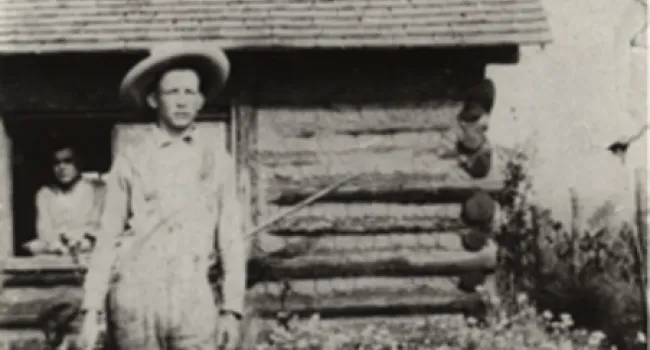
Audio
Pete Clayton talks about how the whiskey trade helped support the stoneware trade
Photo
The Phoenix Stone Ware Factory was established ca. 1840 by Collin Rhodes and his partner Robert Mathis. Mathis and Rhodes were the former co-owners of the Pottersville factory when they opened the...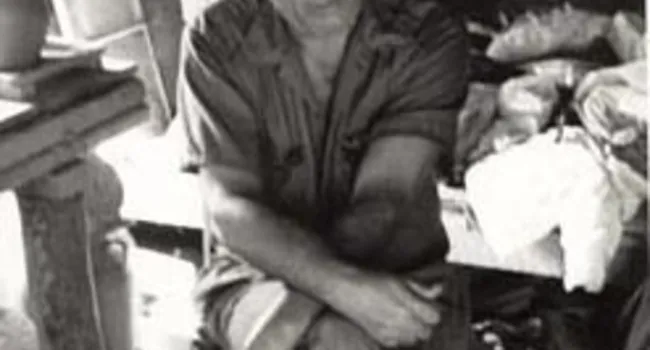
Audio
Quillian Lanier Meaders (d. 1998), Cleveland, White County. Interview recorded June 1981. The Meaders tradition began in 1893 with John Milton Meaders in the small White County town of Cleveland...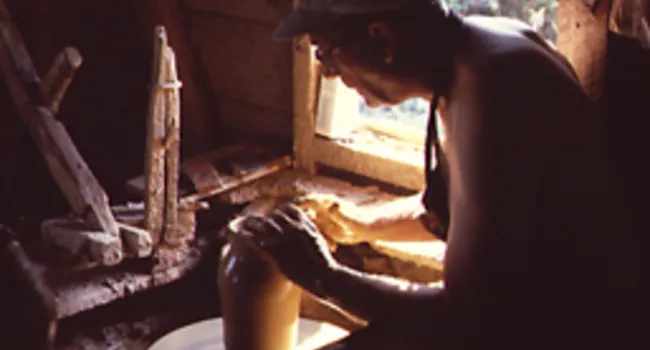
Audio
Quillian Lanier Meaders (d. 1998), Cleveland, White County. Interview recorded June 1981. The Meaders tradition began in 1893 with John Milton Meaders in the small White County town of Cleveland...